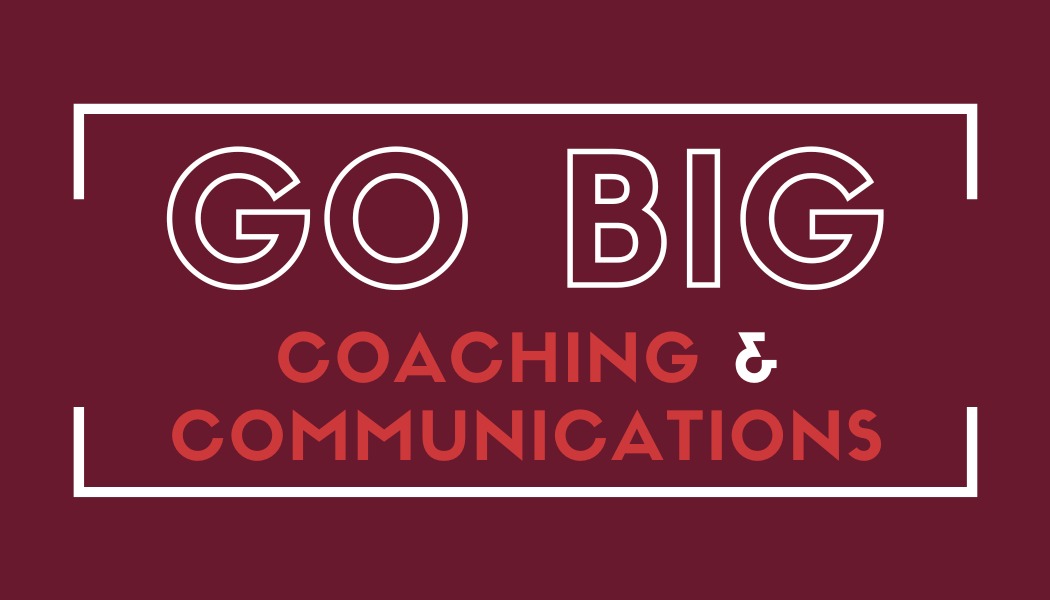In my last blog post I said that I find habits more important than goals when it comes to becoming the best me and getting where I want to go. But I do have goals too, and so today I wanted to share my approach to successful goal-setting—and more importantly to goal-achieving.
When it comes to goals, I have two priorities:
- I want them to be aligned with my priorities so that they make sense and I always have a reason to work on them.
- I want them to be achievable so that I don’t get into a worry cycle that ends up with me feeling frustrated and bad about myself.
Doesn’t sound very exciting, does it? I agree. But as far as I am concerned, to be “exciting” is not the purpose of my goals. “Exciting” is the purpose of my vision, which is too big to be put into goals at this point because as much as I love lists, even I don’t feel like writing out the gazillion baby steps it will take me to get there. I’ll deal with these big dreams when I get a little closer, so that I feel I can reach them when I stretch myself.
Ever heard of stretch goals? That’s what I am talking about here. And I want you to note that ambitious goals are called stretch goals—not dislocate-your-shoulder-as-you-reach goals. The latter sounds rather painful, so I’d rather not try. Come to think of it, I have tried—and failed. And while failing is not the worst thing that can happen, I hate to put myself in a spot where frustration is an almost guaranteed outcome. If you are with me on that, I encourage you to join me in setting aligned and achievable goals for yourself.
Goals that are aligned with my priorities
I do have a three-year vision that includes my main (business) priorities, so I check my goals against those first. Right now, the priorities that my goals must benefit are to increase my reach, build a strong brand, and develop my services further.
So let’s say I’ve come up with the idea to launch a podcast (of course I would, right?). I look at my three priorities and see that a podcast may benefit at least two, potentially three of these—consequently, as far as priorities go, I give myself the go-ahead to think more about the podcast idea.
Next, I think about what matters most to me right now
- in my business
- in my relationships
- in my health
- in my creativity
To stick with the podcast example, I’ve already cleared it from the business side. And it most definitely would inspire my creativity. I love the idea already! But there’s the not-unimportant matter of relationships and health as well, and that’s where the podcast raises two huge red flags: because right now, I try to take two days off a week to spend more time with my husband (and dog) and my health focus is on getting enough, hopefully deep sleep, which for me means, no less than eight hours.
Quite honestly, as much as I would love to host my own podcast, I cannot see myself finding the capacity for it at this point—so I’ll put it on my list to reconsider in the late spring or early summer. If I had just followed my inspiration and went straight to planning my new endeavor, I can tell you what would have happened: I would have worked even more than I do already for a few weeks or months without making sufficient progress to actually launch a podcast, and eventually I might even have given up on the idea entirely. This way, I know it’s a good idea—but it’s not a good time. Now I can focus on freeing up more of my time first and return to the potential podcast later without stressing out about it all along.
Achievable goals for a successful goal-setting
I really, really like to achieve my goals. That’s why—when a goal has passed the above-mentioned process—I ask myself:
On a scale from 1 to 10, how high do I consider the likelihood that I reach my goal?
I want to see myself at a confident 7 or higher. When I am there, I know I can do it—or at least mostly do it or come close enough. And on my list it goes.
But if I am at 6 or lower, something is not quite right with my goal—maybe it’s just too big of a goal for where I am at this point, or I don’t really want to reach it, or my mindset is not with me and I can’t visualize it.
If I sit myself down and honestly consider the matter and find out it’s reason 1 or 2, I will have to abandon or postpone the matter. Simple as that, no need to worry too much about it. How does the saying go, we can do anything but not everything? True enough.
If reason 3 is my issue, there’s still hope! That’s when I run myself through another set of questions, including:
- Why is this goal important to me?
- How will I feel when I reach this goal?
- What may hold me back from achieving it?
- What support do I need to achieve it?
Plus, I map out my goal in detail—with at least three smaller action steps to start with, one of them immediately. Yep, that’s non-negotiable. Last but not least, I run one more check to make sure my goal is SMART: specific, measurable, attainable, relevant, and time-framed.
If you want to use my Successful Goal-Setting worksheet that I apply when I go through this process myself, please subscribe to my newsletter to receive the download link.
And if you want some support in your journey to set and achieve goals, let’s talk! You can send me a message or schedule a free 30-minute consult through my website to let me know what exactly you’re struggling with and we can explore how I can help you succeed.

